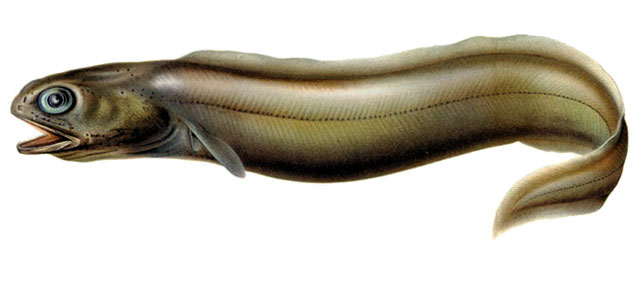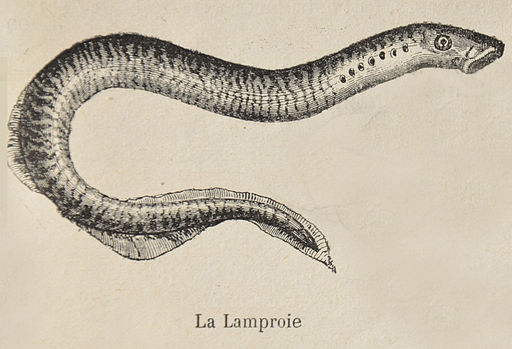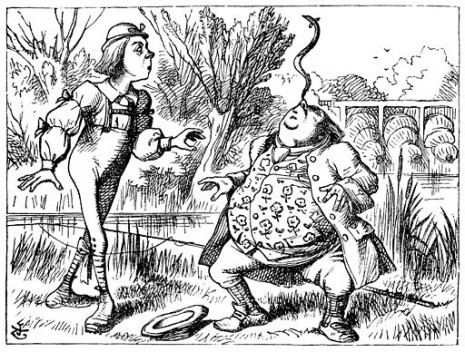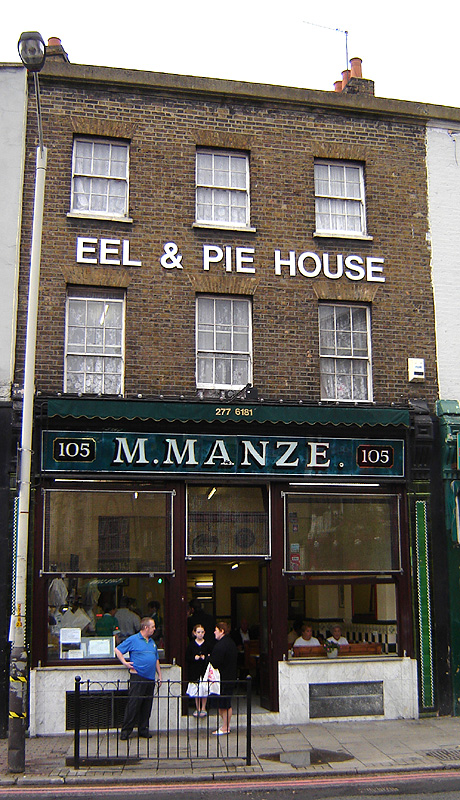 One warm spring day back when I was about fourteen, I was casually dandling my fishing line into the shallow water on a bank of Lake Champlain. I was with my older sister and her friend, who were off kayaking around the corner, when my rod bent almost double and I was very nearly dragged into the water. A huge, brown, undulating creature rose to the surface. It was probably four feet long. I’m not a squeamish person, but I admit to having yelled in surprise.
One warm spring day back when I was about fourteen, I was casually dandling my fishing line into the shallow water on a bank of Lake Champlain. I was with my older sister and her friend, who were off kayaking around the corner, when my rod bent almost double and I was very nearly dragged into the water. A huge, brown, undulating creature rose to the surface. It was probably four feet long. I’m not a squeamish person, but I admit to having yelled in surprise.
The creature on the end of my line was an eel, and it had an unnerving, leering expression on its ugly face. The thing was strong. I called to my sister for help and she and her friend came paddling back around the bend to see what the problem was. As soon as they saw the slimy brown slithering thing, they both screamed and paddled away as fast as they could. (Nice.) Then my line snapped, and the creature swam away. Today I feel guilty for having hooked it, as eels in Lake Champlain are endangered.
Lampreys, on the other hand, are an aggressive, invasive species that prey on indigenous fish populations. They’re closely related to eels. Here’s a charming picture of an enormous lamprey caught in New Jersey a few days ago. A lamprey feeds on its prey by latching onto it with its huge, sucking mouthpart. Then it sweeps its barbed tongue back and forth across the victim’s flesh to open a wound, while spitting out some anticoagulants. And then it sucks its victim’s blood.
I’m never going swimming again.
 According to Cassius Dio and also Seneca the younger (ON ANGER, III. xi. 2-xli. 2 ) the notoriously cruel Roman equestrian Vedius Pollio (who died 15 BC) kept a pool of huge lampreys trained to eat men (shudder). Once when Pollio was entertaining the emperor Augustus, a slave boy broke a crystal goblet. Pollio ordered the boy tossed to the lampreys. The slave fell on his knees and begged Augustus to die some other way. Augustus was so horrified he ordered all the rest of the cups broken and the pool filled in.
According to Cassius Dio and also Seneca the younger (ON ANGER, III. xi. 2-xli. 2 ) the notoriously cruel Roman equestrian Vedius Pollio (who died 15 BC) kept a pool of huge lampreys trained to eat men (shudder). Once when Pollio was entertaining the emperor Augustus, a slave boy broke a crystal goblet. Pollio ordered the boy tossed to the lampreys. The slave fell on his knees and begged Augustus to die some other way. Augustus was so horrified he ordered all the rest of the cups broken and the pool filled in.
Eels and lampreys have been an inexpensive protein source since medieval times. In 1135, Henry I (youngest son of William the Conqueror) died after eating “a surfeit of lampreys.”

The fifteenth century author and cookery book writer Platina (1421-1481) gives us a recipe for eels in a torta, (translated by Elizabeth Buermann Andrews). I love the last line of the recipe:
Eels in a Torta – To boiled eels that have been cut into bits, add either milk from other fish or finely chopped soft fat. Cut up a little mint and parsley. Add an ounce of pine kernels, a like amount of raisins, a little cinnamon, ginger, pepper, clove, and mix. Then spread it into your crust. You should add a little best oil. When it is nearly cooked, dissolve two ounces of ground almonds in verjuice with saffron and pass through a strainer and gently spread this over the whole top. Palladius Rutilius is marvellously fond of this dish, even though it is not good.
(Source: author Linda Stradley, from her web site What’s Cooking America)
Eels soared in popularity in London during the nineteenth century, as they were the only aquatic creatures able to survive the intensely polluted waters of the Thames River. By midcentury the Thames had become a reeking cesspool for its three million plus occupants. (You can read about the “Big Stink” of 1858 in my Poop book.) This polluted water was piped back out and into standpipes around the city, untreated and unfiltered, for people to use as drinking water. On several occasions, live eels squiggled out of peoples’ faucets.
Jellied eels and eel pies are still very popular in parts of England.
